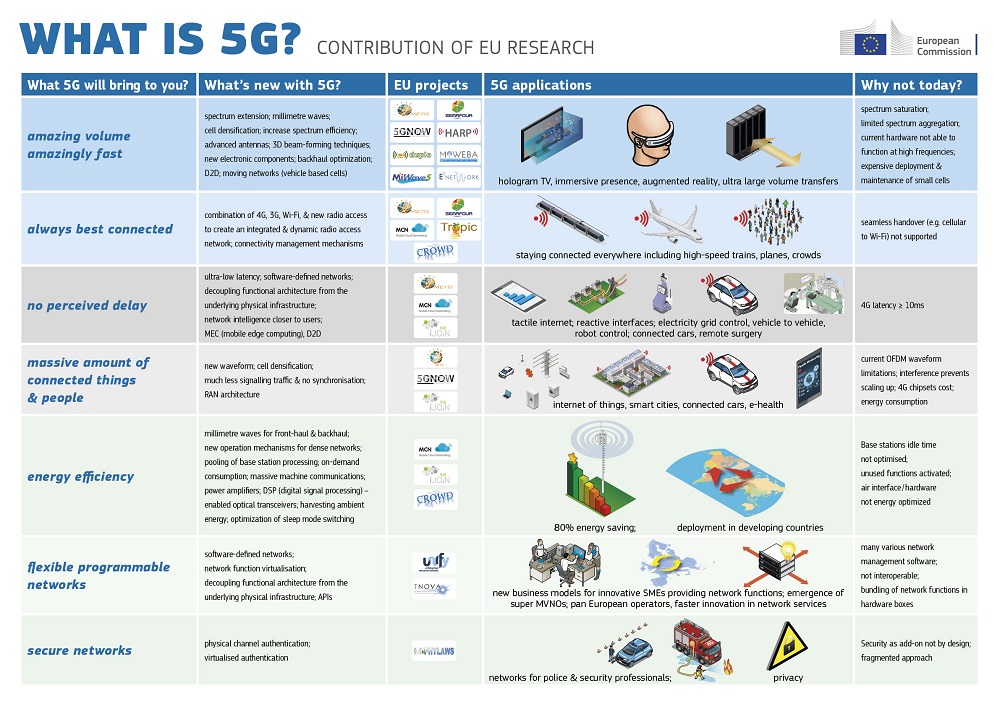By Jean-Jacques DeLisle, contributing writer
The Internet of Things (IoT) is often used to describe every new connected technology. The concept is also often confused with certain technologies or methods of implementing technologies, when in actuality, the term implies a time period when an incredibly high threshold of everyday tools have been replaced with connected devices. Is IoT here? Not yet, but as market opportunities and consumers become more accustomed to electronic control and monitoring of daily activities, it will be. The following are a few tips on the advancement toward IoT and some commentary on common IoT misconceptions.
Though many IoT enthusiasts and marketers appear to proclaim that everything should be labelled “IoT,” many of these “new” technologies are just old technologies in a new package or used on a new application. Moreover, smart devices aren’t necessarily IoT devices if they don’t communicate and leverage the internet. Many devices touted as IoT aren’t even devices that interface using the internet to provide enhanced services. For a practical consumer, IoT isn’t an effective term to describe a potential buy, but merely a prediction that eventually we will see a high threshold of internet-connected versions of everyday devices.
The cloud is a term that essentially describes remote computing and storage resources that are accessible through the internet. So connected devices that are part of the IoT may use the cloud for computing and memory services, but they remain two distinct concepts.
5G is simply the technology backbone of the next generation of cellphones. The predominant use case for 5G is still cellphone technology, though there are many who suggest that communication protocols account for low-power, low-data-rate, and diversely networked devices. It is likely, however, that many new connected devices will rely on the same infrastructure that 5G technologies will likely lean on heavily — mainly, the internet.

Not to be confused with IoT, 5G is the next stage of evolution of wireless cellphone technologies.
Reliance on the internet also poses an interesting problem because the current internet infrastructure, including the networking system, was not built to handle the amount and diverse types of data traffic predicted for IoT or 5G devices. Consumer support for new devices and services is necessary for any technology to become established, and it may be several years yet before there is adequate infrastructure to support all of those exciting futuristic applications.
Advertisement
Learn more about Electronic Products Magazine





